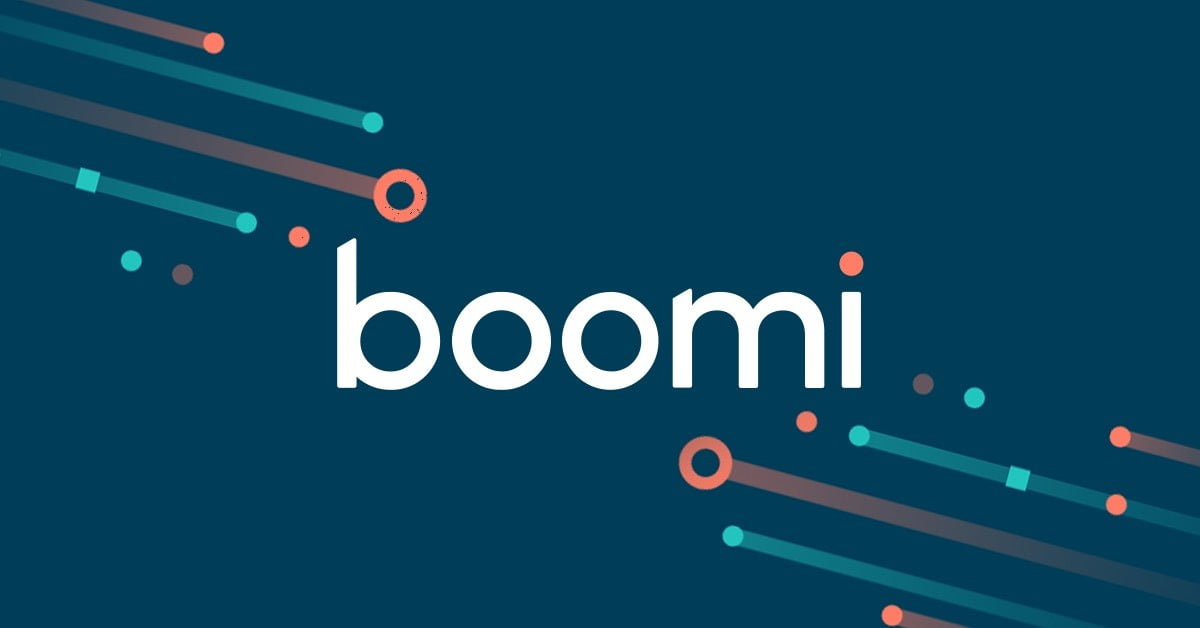As businesses continue to adopt new technologies and embrace digital transformation, the integration of disparate systems and data sources has become crucial to maintaining operational efficiency, agility, and competitiveness. Boomi, a leading Integration Platform as a Service (iPaaS), provides a powerful solution for connecting applications, data, and processes across on-premises and cloud environments. However, implementing successful Boomi integration projects requires more than just technical know-how—it requires a strategic approach that aligns with business goals and industry best practices.
Boomi integration consulting services help organizations ensure that their integration projects are not only technically sound but also well-planned, efficient, and scalable. In this article, we’ll explore the best practices for implementing Boomi integration consulting projects, from initial planning through to execution and beyond.
1. Begin with a Comprehensive Needs Assessment
One of the most important steps in any integration project is conducting a thorough needs assessment. Before diving into implementation, businesses must fully understand their current systems, applications, and data landscape, as well as their integration requirements.
Key Considerations:
- Inventory of Systems: Catalog all existing systems, applications, and data sources. Identify which ones need to be integrated and how they currently interact with one another.
- Business Goals: Clarify the business objectives driving the integration project. Are you looking to improve operational efficiency, enhance customer experiences, or streamline workflows? Defining these goals upfront ensures the project stays aligned with broader business strategies.
- Future Scalability: Plan for growth. Even if your current integration needs are limited, consider how your integration solutions will need to scale as your business evolves.
By conducting a thorough needs assessment, you can ensure that your integration project is strategically focused and tailored to your organization’s specific requirements.
2. Develop a Detailed Integration Strategy
A successful Boomi integration project requires a well-defined strategy that takes into account both the technical aspects of integration and the business outcomes you aim to achieve. A Boomi integration consultant can work with your team to create a detailed roadmap that outlines the key phases of the project, including design, development, testing, deployment, and post-deployment support.
Key Elements of an Integration Strategy:
- Data Mapping: Determine how data will flow between systems, and establish rules for transforming and mapping data formats as necessary. This ensures consistency and accuracy in data exchange.
- API Management: Decide on an API-led approach to enable seamless connectivity between systems. Boomi’s API management capabilities can streamline real-time data exchange, making it easier to connect modern applications with legacy systems.
- Security and Compliance: Security is paramount in any integration project. Establish encryption, authentication, and data governance protocols to protect sensitive information and ensure compliance with industry regulations, such as GDPR, HIPAA, or PCI-DSS.
A well-structured integration strategy reduces the risk of errors, minimizes disruptions during implementation, and ensures that the project remains on track.
3. Leverage Boomi’s Low-Code Capabilities for Rapid Development
Boomi’s platform is known for its low-code, drag-and-drop interface, which allows for rapid development of integration processes. However, to fully take advantage of this, it’s essential to follow best practices for building and managing integrations.
Tips for Optimizing Low-Code Development:
- Modular Design: Design integrations in modular components that can be reused across different projects. This not only speeds up development but also ensures consistency in integration logic.
- Error Handling: Incorporate robust error-handling mechanisms into your integration processes. This will help identify and address issues in real-time, reducing downtime and improving the overall reliability of your integration.
- Testing: Implement a thorough testing framework to validate each integration flow before deployment. Unit testing, integration testing, and performance testing should be part of every project to ensure that the integration performs as expected under various conditions.
Leveraging Boomi’s low-code capabilities allows for faster time-to-market, enabling organizations to quickly realize the benefits of their integration efforts.
4. Implement Governance and Best Practices for Data Management
Data is at the heart of any integration project, and ensuring that data flows seamlessly and accurately across systems is key to success. This is where governance and data management best practices come into play.
Key Data Management Practices:
- Data Quality: Implement data cleansing and validation processes to ensure that only accurate, consistent, and complete data is integrated across systems.
- Data Governance: Establish governance policies that define how data should be handled, who has access to it, and how it is stored and shared. This helps maintain data integrity and security.
- Metadata Management: Track and manage metadata to ensure that you have full visibility into the flow of data between systems. Boomi’s platform provides tools for monitoring and managing metadata, enabling businesses to maintain control over their data assets.
By following these best practices, organizations can ensure that their data is reliable, secure, and available to the right stakeholders at the right time.
5. Focus on Change Management and Stakeholder Involvement
The success of a Boomi integration project doesn’t depend solely on technology—it also hinges on the people who use and manage the integrated systems. This is why change management is a crucial component of any integration project.
Change Management Best Practices:
- Stakeholder Involvement: Engage key stakeholders, including department heads, IT teams, and end users, from the start of the project. Their input will help shape the integration strategy and ensure that the solutions meet the needs of all affected parties.
- Training and Support: Provide comprehensive training for users who will interact with the new systems. This will help ensure a smooth transition and encourage user adoption.
- Communication: Keep all stakeholders informed throughout the project lifecycle. Regular updates on progress, timelines, and potential challenges help manage expectations and reduce resistance to change.
A strong change management strategy ensures that the integration is not only technically successful but also well-received by the organization’s workforce.
6. Prioritize Security and Compliance
In today’s data-driven world, ensuring that integration processes are secure and compliant with industry regulations is essential. Boomi provides a range of security features, but it’s important to implement them correctly and according to best practices.
Security Best Practices:
- Data Encryption: Ensure that all data transmitted between systems is encrypted both in transit and at rest.
- Access Control: Implement role-based access controls (RBAC) to ensure that only authorized users have access to sensitive data and systems.
- Audit and Monitoring: Set up audit trails and real-time monitoring to track the flow of data and identify any unauthorized access or anomalies.
By prioritizing security and compliance, businesses can protect their data and reduce the risk of breaches or regulatory penalties.
7. Establish Ongoing Monitoring and Maintenance
Integration projects do not end with deployment. Continuous monitoring and maintenance are critical to ensuring that the integration continues to function smoothly and adapts to evolving business needs.
Best Practices for Ongoing Maintenance:
- Performance Monitoring: Regularly monitor the performance of integration processes to identify bottlenecks or inefficiencies. Boomi’s platform provides built-in monitoring tools that allow for real-time visibility into the health of integrations.
- Regular Updates: Keep your integration platform up to date with the latest security patches and feature updates. Boomi regularly releases updates that enhance the platform’s functionality and security.
- Scalability: As your business grows, you may need to scale your integrations to accommodate new systems, data sources, or users. Plan for scalability from the outset and regularly review your integration architecture to ensure it can handle future growth.
Conclusion
Implementing a Boomi integration consulting project successfully requires more than just understanding the technical aspects of the platform—it requires a well-thought-out strategy that aligns with business goals, best practices for data management, security, and ongoing stakeholder involvement. By following these best practices—starting with a comprehensive needs assessment, leveraging Boomi’s low-code capabilities, implementing robust data governance, and focusing on change management—businesses can ensure their integration projects are efficient, scalable, and secure.
By working with experienced Boomi integration consultants, organizations can optimize their integration strategy, avoid common pitfalls, and maximize the value of their technology investments. Ultimately, a successful Boomi integration project can lead to improved operational efficiency, better data accessibility, and a more agile business capable of adapting to the ever-changing digital landscape.









